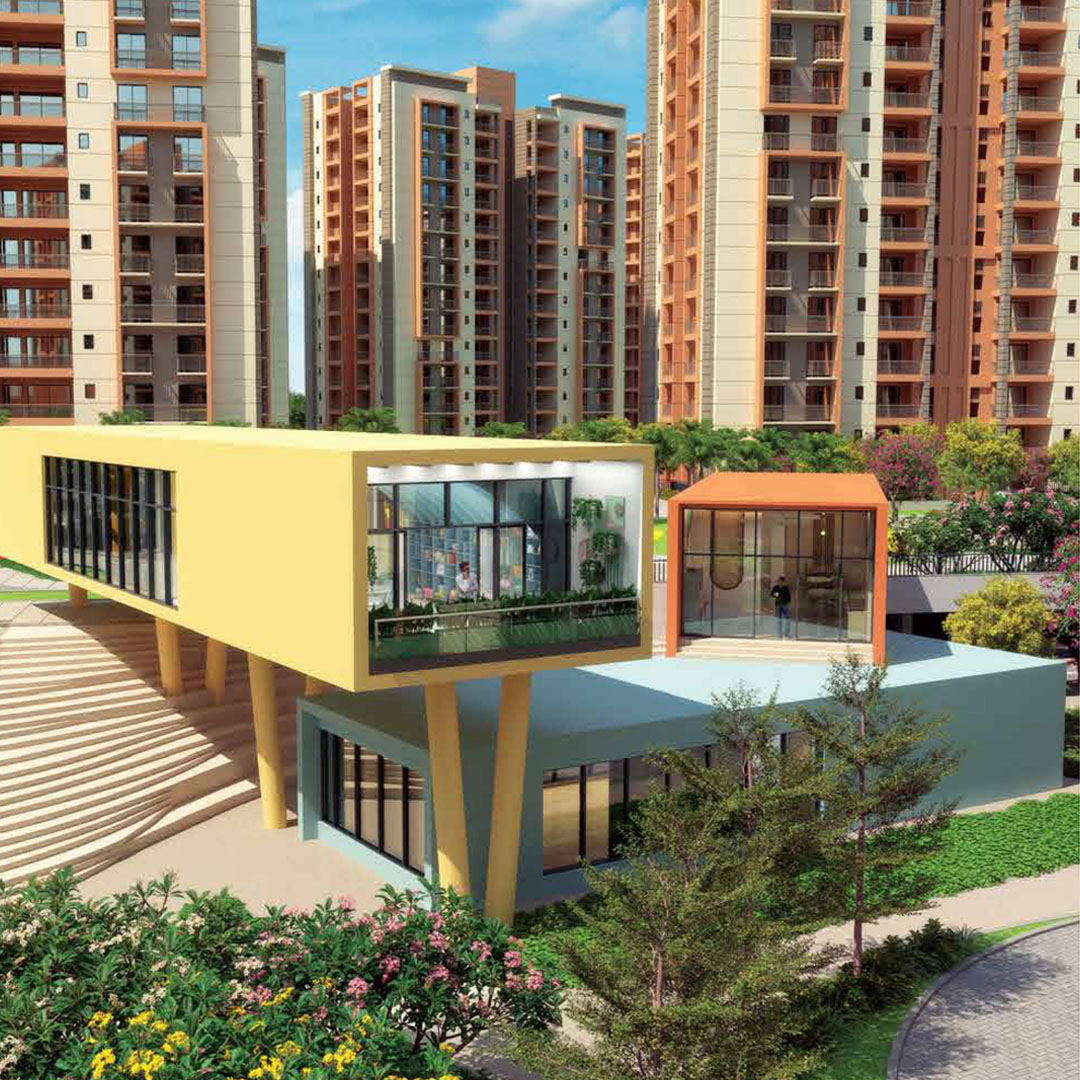
In today’s diverse housing landscape, the terms “flat” and “apartment” are often used interchangeably, creating confusion for potential tenants and buyers. Understanding the Difference between the two can significantly impact one’s living experience.
Apartment
Apartments are multi-unit buildings consisting of individual living spaces. Here, residents typically share common amenities like gyms, pools, and parking areas. Lease agreements govern the terms of occupancy, offering flexibility in the duration of stay. Structural features such as elevators and secure access contribute to the allure of apartment living.
Flat
A flat, on the other hand, is a self-contained living space within a larger building. The term “flat” is commonly used in some regions, while “apartment” prevails in others. The distinction lies in cultural and regional variations in terminology.
Differences Between a Flat & an Apartment
- Size and Layout: Apartments tend to be more spacious, often featuring multiple bedrooms and larger living areas. Flats, being more compact, suit individuals or smaller households.
- Ownership Structure: Apartments are often rented, offering flexibility in accommodation. Flats, however, may be owned or rented, with ownership providing a sense of permanence.
- Cultural and Regional Distinctions: Cultural influences play a role in the choice between an apartment and a flat. In some cultures, the terms are synonymous, while in others, there are clear distinctions based on building design and use.
Pros & Cons of Living in an Apartment
Pros
- Convenience: Apartments offer convenience in terms of location, often situated in urban centers with easy access to amenities, public transportation, and entertainment.
- Amenities: Shared amenities like fitness centers, pools, and communal spaces enhance the overall living experience in apartments.
- Community Living: Apartments foster a sense of community, providing opportunities for social interactions and shared experiences.
Cons
- Limited Space: Despite their advantages, apartments may have limited space, which can be challenging for larger families or individuals who prioritize ample living areas.
- Noise Levels: Living in close quarters with neighbors may result in increased noise levels, impacting the overall peace and quiet of the living space.
- Lack of Customization: Rental agreements in apartments often restrict significant customization, limiting personalization options for residents.
Pros & Cons of Living in a Flat
Pros
- Cost-Effectiveness: Flats are often more cost-effective than apartments, making them an attractive option for budget-conscious individuals.
- Independence: Owning a flat provides a sense of independence and stability, allowing individuals to make long-term decisions about their living space.
- Low Maintenance: Flats typically require less maintenance, as common areas and exterior upkeep are managed by the building’s owner or management.
Cons
- Limited Amenities: Flats may lack the extensive amenities found in apartments, requiring residents to seek external facilities for certain activities.
- Smaller Communities: The sense of community in flats may be less pronounced, especially in larger buildings where residents may have less interaction.
- Lease Restrictions: Renting a flat may come with its own set of restrictions, impacting the resident’s ability to make changes to the property.
Conclusion
Understanding the difference between a flat and an apartment is crucial for making informed housing decisions. Consider your priorities, weigh the pros and cons, and choose a living arrangement that aligns with your lifestyle and preferences.

